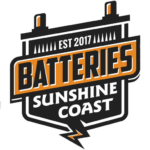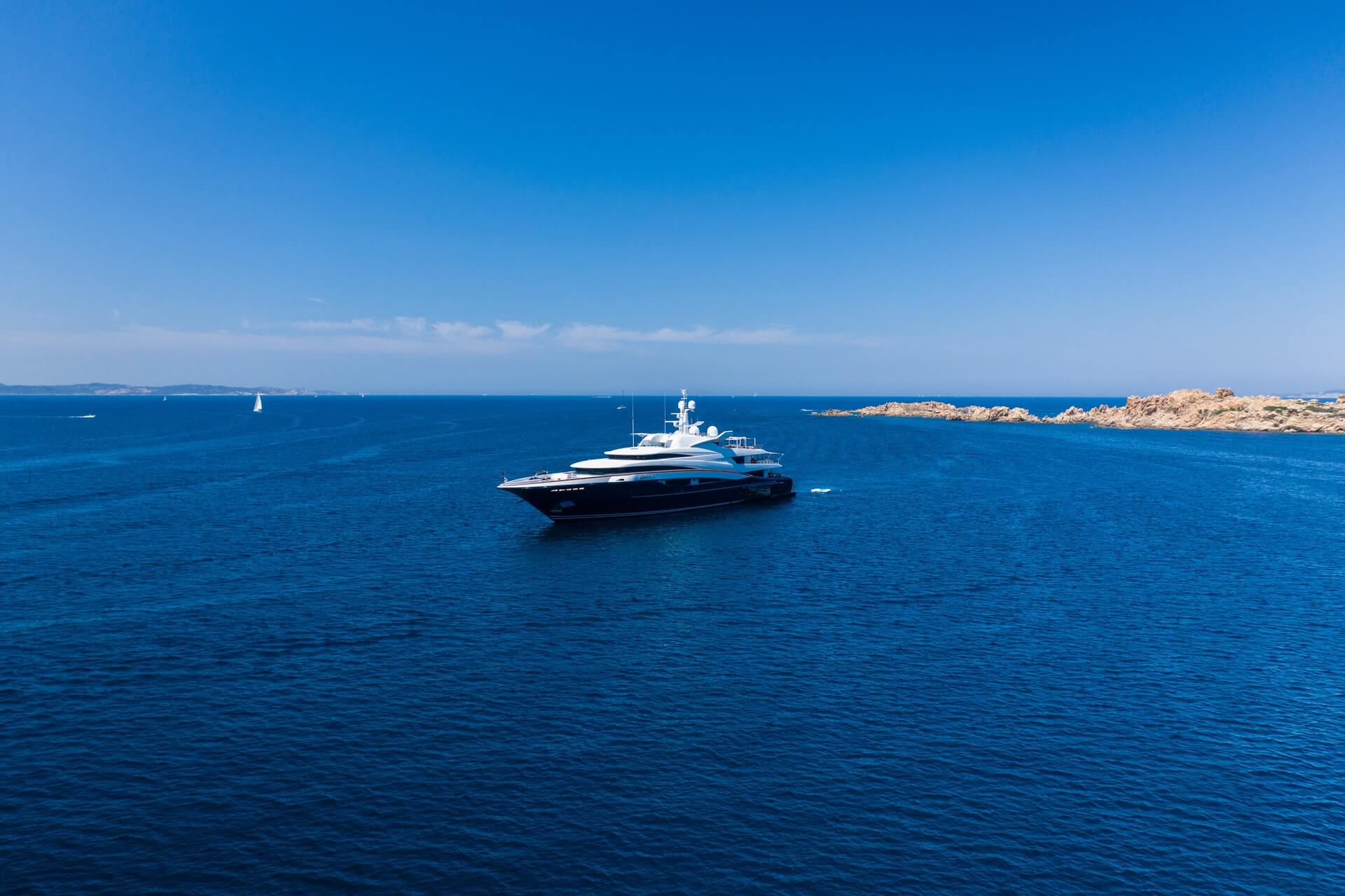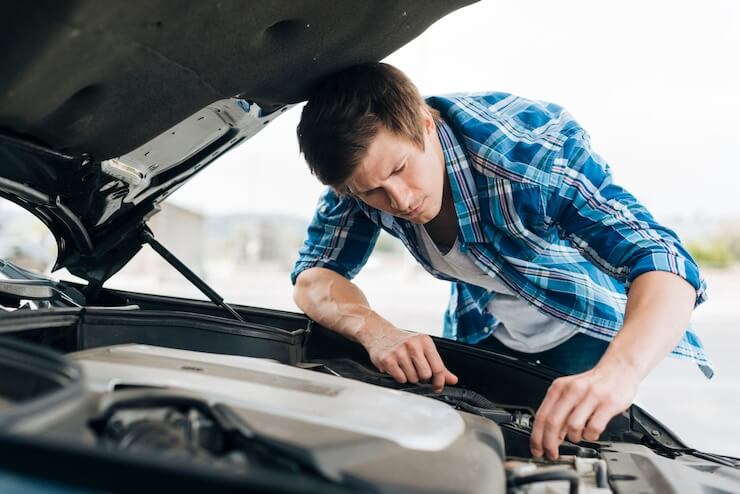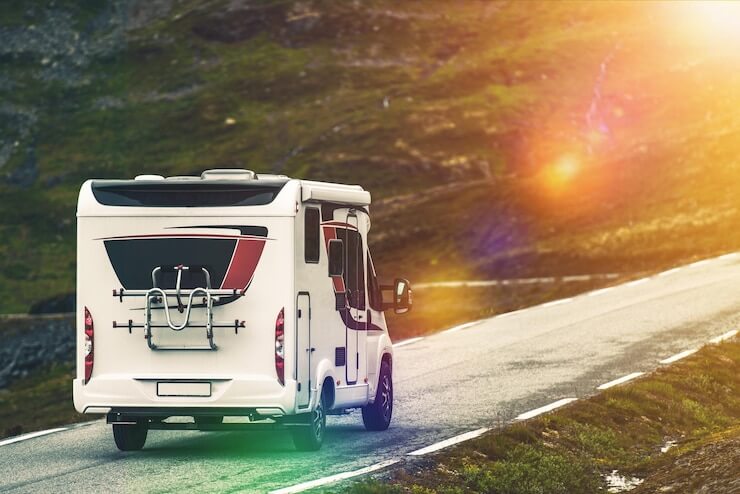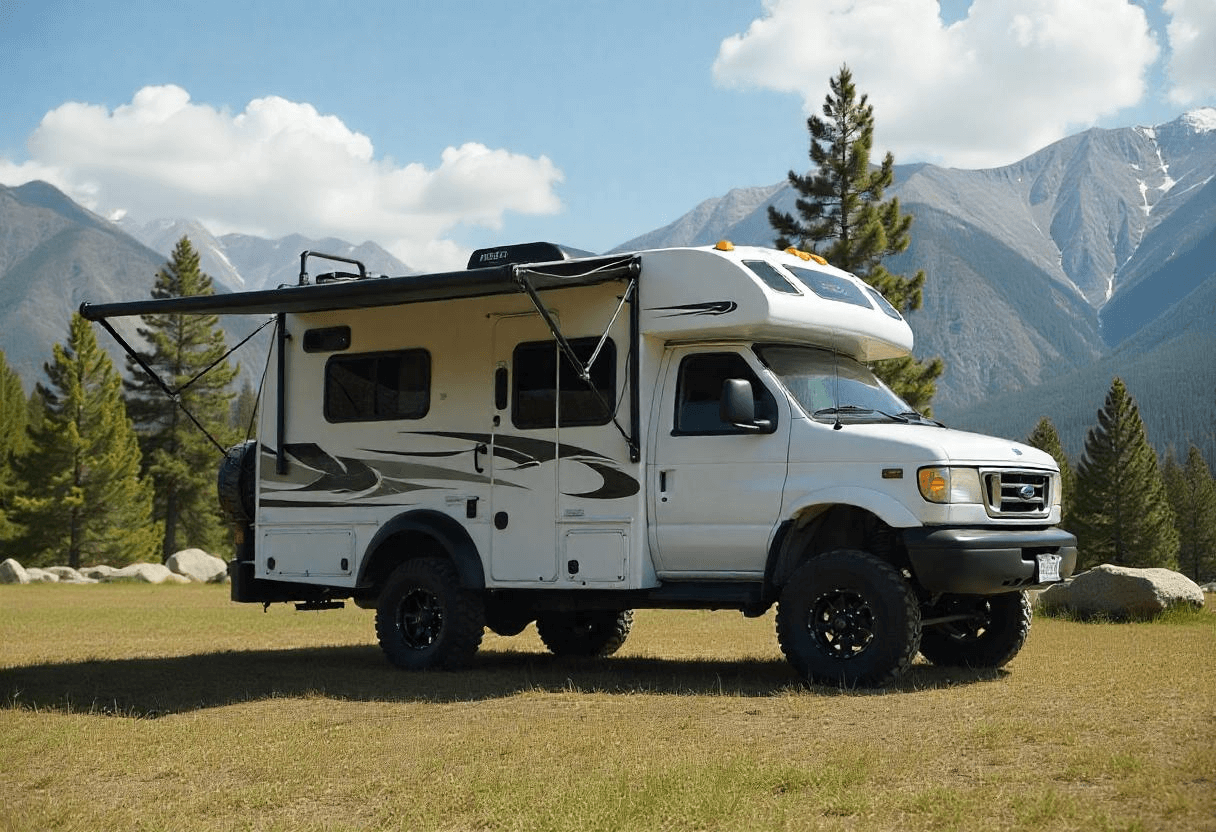2 Main Factors to Consider When Buying a Marine Battery
If you’re looking for the right battery for your boat, making a choice might not be as easy as you think. You have to consider some factors to make the right decision that will work for you and save you money in the long run.
A marine battery handles two simple things—first, it starts the engine, and second, it runs electrical loads. Electricity is essential for boats, as components need power out on the sea, such as lights and other appliances.
Here are the things you have to think about when buying a marine battery.
1. Battery Chemistry
Battery chemistry has the power to influence numerous properties of a battery, such as its shelf life, operating temperature, energy density, flammability, and voltage.
There are four main types of battery chemistry you can pick out for your main battery.
-
Thin Plate Pure Lead Batteries
Thin Plate Pure Lead (TPPL) batteries are some of the most advanced batteries in the world. It’s made of 99.99 per cent pure lead rolled into thin plates. The thin lead plates have a larger surface area and low electrical resistance, so you also get higher charging amperage than typical batteries.
-
AGM Batteries
More and more boaters prefer AGM batteries over other types of batteries. They feature microfiber glass separators that make use of acid electrolytes to power the battery. The best aspects of AGM batteries are quick recharge capacities, lower internal resistance, greater starting power, and long life.
-
Flooded Batteries
Flooded batteries use liquid sulfuric acid to produce oxygen and hydrogen when the battery is being charged. If over charging occurs, the vented wet cells let the gases escape into the atmosphere, so you can avoid threatening explosions.
These batteries are self-discharging, so you have to recharge them every 1-2 months. But aside from that type of maintenance, all you need to do is a few hundred, even a thousand, charging cycles.
-
Gel Batteries
Gel-electrolyte batteries are sealed and valve-regulated pieces that only discharge at a meagre three per cent per month. Moreover, gel batteries are maintenance-free, leakproof, submersible, spill proof, and have the highest charging cycles compared to other batteries.
2. Battery Application
Another element you should consider is what you are using marine batteries for.
-
Starting Batteries
Starting batteries power your engine so that it can start working. They give around 75 to 400 amperes within 5 to 15 seconds. They have thinner plates for a larger surface area, perfect for delivering high bursts of energy for short periods.
-
Deep Cycle Batteries
Boats use deep cycle batteries to power the electrical components when your generator, power charger, solar panel, or wind generator are unavailable. The battery can use around 50 to 70 per cent of its full capacity for overnight usage, depending on the boat’s house loads.
-
Dual Purpose Batteries
Lastly, dual-purpose batteries can handle deep discharges more than a starting battery while still regulating deep cycles. They are perfect to use for small powerboats, sailboats, and runabouts.
Final Thoughts
Marine batteries are essential in ensuring you’ll be safe when you’re taking your boat out for a spin. When you consider these important features, you can make better choices in choosing the correct marine battery for your needs.
If you’re ready to look for a new marine battery , drop by Batteries Sunshine Coast. We offer high-performance and maintenance-free marine batteries to ensure your days out on the water will be free from interruptions. Message/call us today for a free quote.
